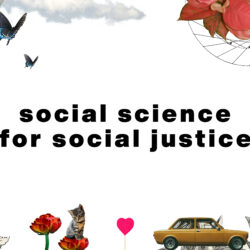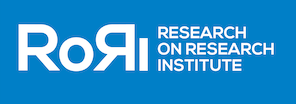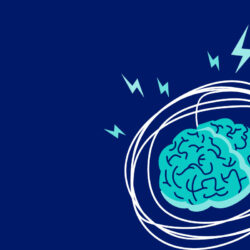College Costs Linked to Risky Teen Behavior
An article by Tom Jacobs in Miller McCune Magazine discusses new research that links community college tuition rates in the US with drinking and drug use by teenagers.
Why do some teenagers engage in risky behavior such as drinking, drug use and multiple sex partners? Washington State University economist Ben Cowan has discovered a startlingly simple correlation that provides at least part of the answer.
The more it costs to attend community college, the more likely it is that teens will act in self-destructive ways.
“I find that lower college costs in teenagers’ states of residence raise their subjective expectations regarding college attendance and deter teenage substance use and sexual partnership,” Cowan writes in the Economics of Education Review.
“Specifically, a $1,000 reduction in tuition and fees at two-year colleges in a youth’s state of residence is associated with a decline in the number of sexual partners the youth had in the past year, the number of days in the past month the youth smoked and the number of days in the past month the youth smoked marijuana.”
Cowan analyzed data from the 1997 cohort of the National Longitudinal Study of Youth, which features behavioral information on a cross section of Americans who were between the ages of 12 and 16 in 1996. His final sample featured nearly 5,000 young adults.
He compared those findings with state-by-state data on community college tuition rates. The cost to attend two-year schools varies tremendously, from $4,000 to $5,000 for a full-time student in New York and Massachusetts to under $2,000 in seven states. (The figures are from the 2009-10 school year.)
Cowan controlled for a wide range of factors, including family income, parents’ education level and stability of family life (measured by whether the child was living with both biological parents at age 12). Taking all that into account, he found that “teens living in states in which two-year college is relatively inexpensive engage in lower levels of sexual activity, smoking, heavy drinking and marijuana use.”…


























































































